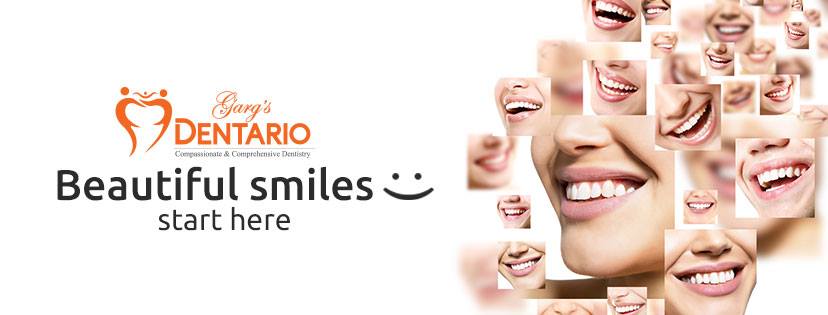Teeth whitening is a cosmetic dental procedure aimed at lightening the color of teeth and removing stains and discoloration. There are various methods available for teeth whitening, each with its own process, types, and potential side effects. Here’s an overview:
How it Works:
- Bleaching Agents: Most teeth whitening procedures involve the use of bleaching agents, typically containing hydrogen peroxide or carbamide peroxide. These agents penetrate the enamel (the outer layer of the teeth) and break down stains into smaller, less concentrated particles, thereby making the teeth appear whiter.
- Light Activation: Some procedures use a light source to activate the bleaching agents, which can accelerate the whitening process.
Types of Teeth Whitening:
- In-Office Whitening: This is performed by a dentist in a dental office. It usually involves the application of a high-concentration bleaching gel to the teeth, followed by a light source to activate the gel. This method typically yields faster results compared to at-home treatments.
- At-Home Whitening Kits: These kits contain lower-concentration bleaching agents and are designed for home use. They often come in the form of whitening strips, trays, or gels. At-home kits usually take longer to achieve desired results but offer convenience and lower cost.
Side Effects:
- Tooth Sensitivity: One of the most common side effects of teeth whitening is increased tooth sensitivity, particularly to hot or cold temperatures. This sensitivity is usually temporary and subsides after treatment.
- Gum Irritation: Bleaching agents can irritate the gums, causing discomfort or even temporary inflammation. This is more common with in-office treatments but can also occur with at-home kits if the bleaching gel comes into contact with the gums.
- Uneven Whitening: In some cases, teeth may not whiten uniformly, leading to uneven results. This can occur due to various factors such as pre-existing dental conditions, uneven application of the whitening agent, or differences in the composition of tooth enamel.
- Temporary Results: The effects of teeth whitening are not permanent and may fade over time, especially if the individual continues to consume staining substances like coffee, tea, or tobacco.
- Soft Tissue Damage: In rare cases, overuse or misuse of whitening products can lead to damage to the soft tissues in the mouth, including the gums and oral mucosa.
Precautions:
- It’s important to consult with a dentist before undergoing any teeth whitening procedure to determine the best option based on individual dental health and to minimize potential risks.
- Follow the instructions provided with at-home whitening kits carefully to avoid adverse effects.
- Avoid excessive consumption of staining substances to maintain whitening results for a longer duration.
teeth whitening treatment in Gurgaon Overall, teeth whitening can be an effective way to improve the appearance of teeth, but it’s essential to weigh the benefits against potential risks and consult with a dental professional for guidance.





Comments